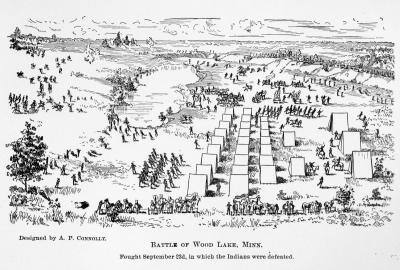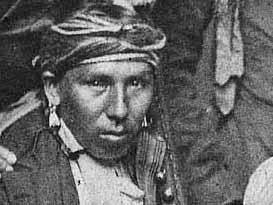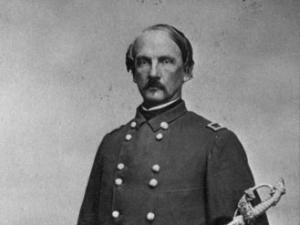Bibliography
Anderson, Gary Clayton, Woolworth, Alan R. Through Dakota Eyes: Narrative Accounts of the Minnesota Indian War of 1862. St. Paul, MN: Minnesota Historical Society Press, 1988.
Carley, Kenneth. The Dakota War of 1862: Minnesota’s Other Civil War. St. Paul, MN: Minnesota Historical Society Press, 1976.
Dahlin, Curtis A. The Dakota Uprising. Edina, MN: Beaver’s Pond Press, 2009.




